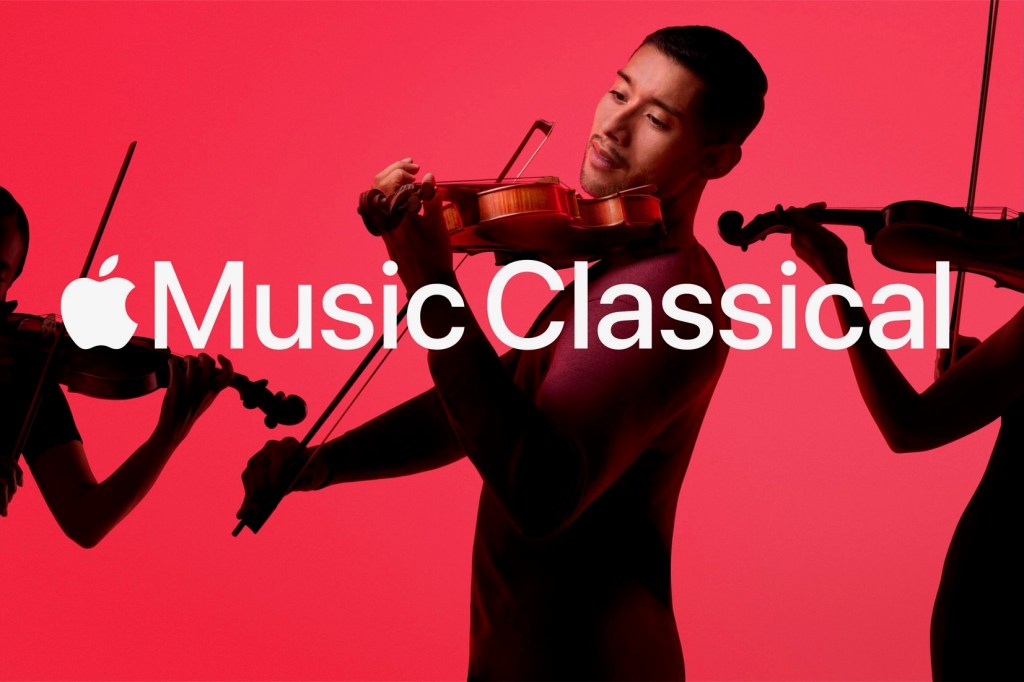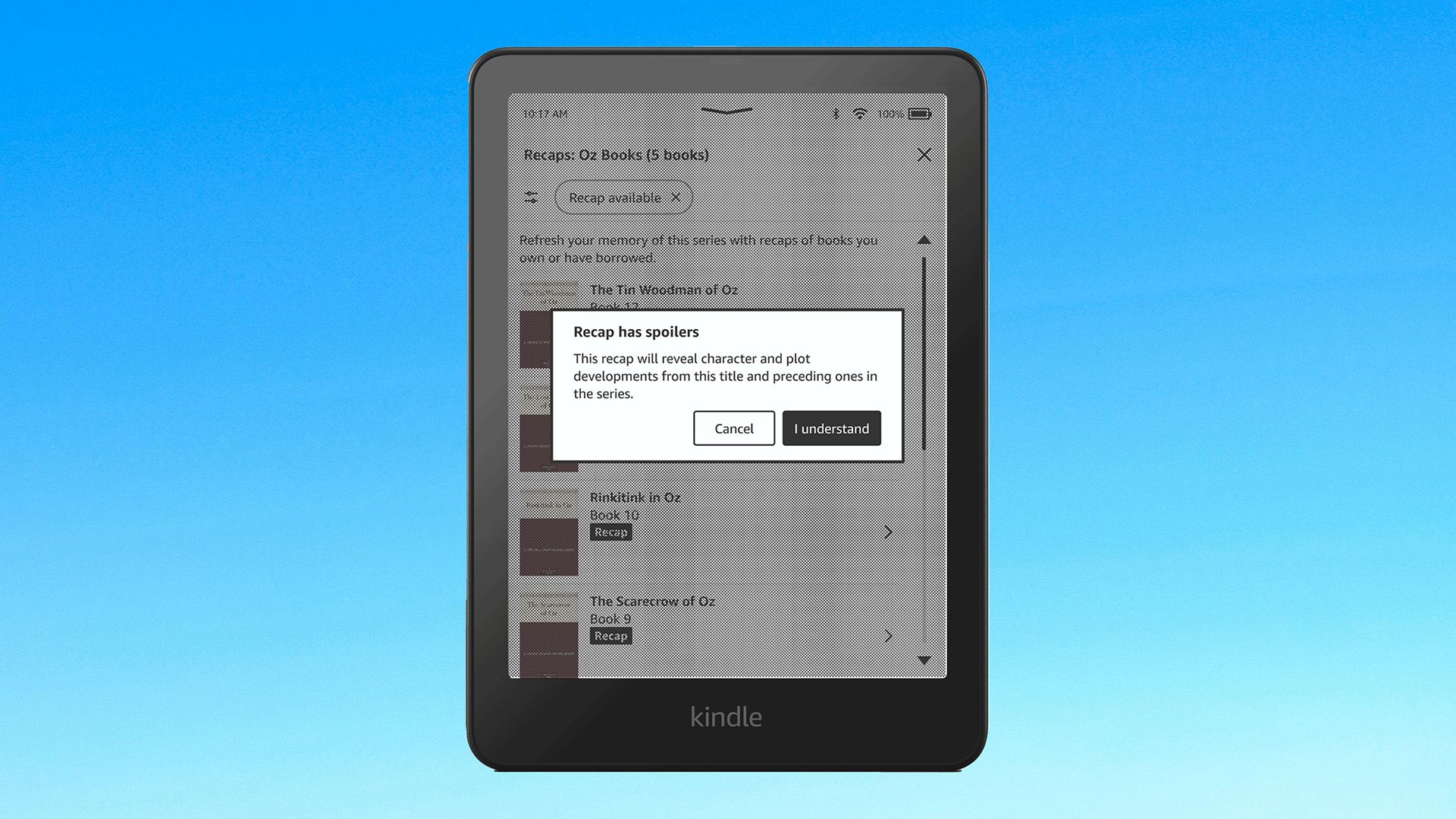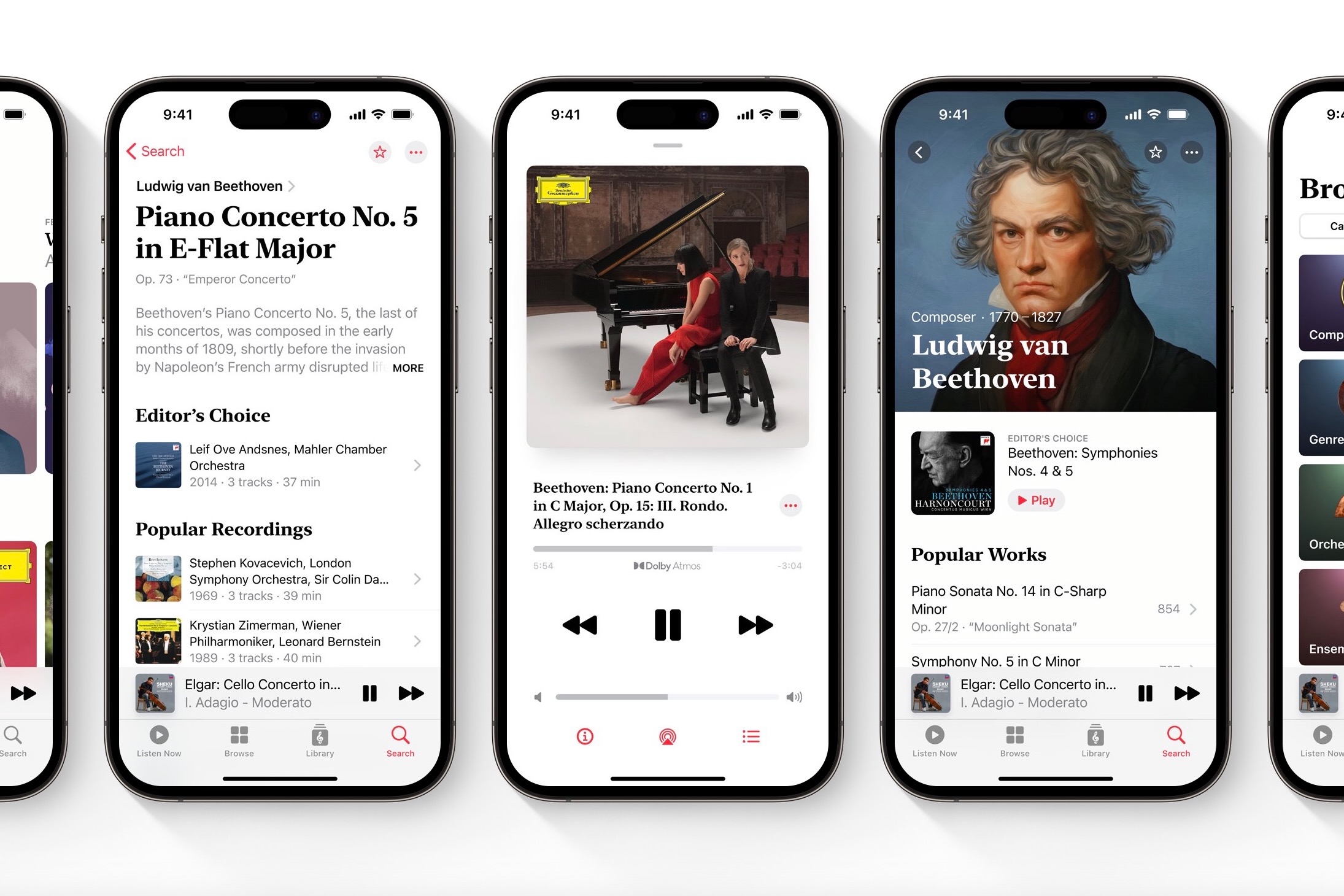Nearly two years after it acquired the classical music streaming service Primephonic, Apple launched the Apple Music Classical app. The dedicated service is available in the App Store as a separate app, but it still works with a standard Apple Music subscription.
How do you get the Apple Music Classical app?
You can use the service if you’re an Apple Music subscriber and download the app in the App Store for iOS and iPadOS. It works with any Apple Music subscription plan except for the Apple Music Voice plan (which is $4.99/£4.99 per month).
The tile isn’t available in the Mac App Store, nor can you access the content separately on Apple TV or CarPlay. Instead, you’ll need to use the main Apple Music app on those platforms.
How many titles are on Apple Music Classical?
There are over 5 million tracks on Apple Music Classical, hundreds of special playlists, and thousands of exclusive albums. As a result, Apple says it features the “world’s largest” classical music catalog.
What are the best features and misses?

The tentpole features on Apple Music proper are also available here, including Spatial Audio and Hi-Res Lossless. Not surprisingly, Apple Music Classical doesn’t offer a lyrics section like Apple Music. Instead, you’ll find an info button that takes you to descriptions of the songs. You’ll also find composer bios and other information.
What about Search?
From a search perspective, Apple Music Classical has many choices. You can find titles by composer, work, conductor, catalog number, and more.
Will newbies like Apple Music Classical?
If you aren’t into classical music but want to try it, the service’s Editor’s Choice curation section is a terrific place to start. Regardless, the app is arranged to be user-friendly and bring new listeners into the fold. The sections worth checking out first are Composer Essentials, Track by Track, Classical Sessions, Music by Mood, and many more.













